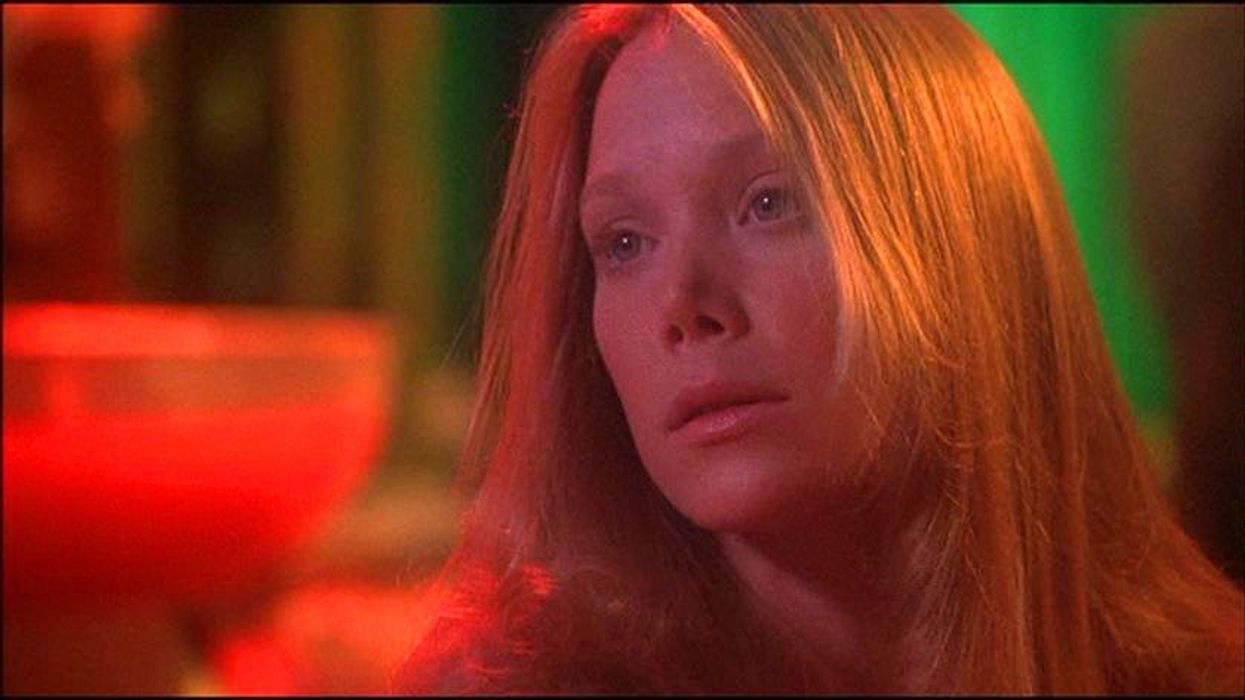Watch: The Colors of Brian De Palma
A new Fandor video breaks down Brian De Palma's vivid use of color as a storytelling device.

Brian De Palma has directed almost forty feature films, from the trippy post-modern sixties cult classic Hi, Mom! to the iconic adaptation of Stephen King's Carrie (as well as Scarface, The Untouchables, Mission: Impossible, and many more). Profoundly influenced by Alfred Hitchcock, De Palma is a director whose films are, to a fault, highly stylized and profoundly visual in their approach to storytelling.
In the video below from Fandor, the focus is on one trademark of almost all De Palma films: his imaginative and cinematic use of color as a storytelling tool.
According to the video, De Palma "employs a strong sense of color to describe his characters to the audience." But he doesn't just associate his characters with colors. He uses colors to highlight "a mood, or metamorphosis...a threshold."
"A color may not just stand for a time or place but a mood, a metamorphosis, a threshold."
In the classic scene from Carrie below, the alternating use of blues and reds make for a strong contrast between the momentarily triumphant mood of Sissy Spacek's character (cool blues) and the red used in the shots of her tormentors setting up a prank. When they execute the cruel joke, Carrie's cool blue world is invaded by red light and flashes of phantasmagorical green, serving to visually guide the film to its chaotic climax.
Even in films unrelated to the supernatural, De Palma's use of color is hypnotic, vivid, and hallucinatory, communicating what seems to be one of his chief thematic concerns, the "transformative effect of violence on his characters." One of his aesthetic obsessions is the artifice, the "movie-ness," of film as a medium that is like life, but not.
Like Hitchcock, De Palma is fascinated by the tricks cinema plays on perception and consciousness, and both are evident in one of his signature films, Blow Out (1981), an underrated thriller about a Hollywood soundman who accidentally records a murder.
The film's cinematography by Vilmos Zsigmond and production design by Paul Sylbert work in tandem to create a world that is recognizably like our's and yet totally foreign, a lurid and profoundly psychological space. De Palma uses color as both a narrative device and as a way to explore the nature of cinema and reality, where the two converge, and where they part.
Any filmmaker would do well to explore the ways in which De Palma uses the psychology of color to design his cinematic dreams.
Source: Fandor

 No Film School's coverage of
No Film School's coverage of 









